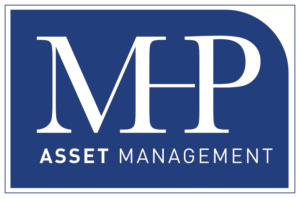Most of us would agree diversification is a good thing as it relates to our investment mix but also as it relates to our income as we approach retirement. In all likelihood the tax code will change during our lifetime, so the ability to switch from least to most tax advantaged income sources as possible is a worthwhile goal.
Tax free income can come in the form of a Roth IRA. You would not have had a deduction from taxes when you put the money in and likely would have paid tax on that income when received, but then the money could grow and after 59 1/2 could provide tax-free income. While this is a great tool for retirement savings, it is not without limitations.
The maximum that you can contribute depends on your modified adjusted gross income. The Roth like other retirement vehicles does not allow, without penalty, for a withdrawal before 59 1/2 under most circumstances. But what if there was a way to save for retirement that would not limit how much you could save annually while providing tax-free growth and future tax-free income? There is a financial tool that has been used for many years, but has recently, for a host of reasons, come back into vogue. That financial tool is maximum-funded life insurance.
For certain clients this can be a powerful tool to amass income that can later be loaned back to yourself, tax free through the loan provisions of the policy. The insurance company uses the death benefit as collateral against the loan. Loans prior to 59 1/2 are not penalizes as with qualified plans. These loans also may not affect Social Security benefits.
For clients near retirement or in retirement, assets accumulated may be used for legacy planning.
Structuring a policy to focus on accumulation as opposed to face amount or death benefit will often times increase the accumulation of cash to be distributed as a loan.
Because everyone’s circumstances are different, life insurance as a financial tool may be exactly what you were looking for, but may not have considered it because of radio and TV personalities that try to convince their audience that anything other than “term” insurance is not good. You must also qualify medically, but if you do, there are a bunch of other “living benefits” that are available with many of these policies.
Reviewing some of the better companies Indexed Universal life policies, I have discovered that many IUL’s have a better IRR or Internal rate of return than some mutual funds net of fee’s plus a death benefit to your heirs!
To paraphrase Darwin; It is not the fittest or strongest that will survive, it will those who can adapt to change. Life insurance is an asset class that should not be ignored.
Many things that have worked in the past, must be reviewed with an open mind towards changes for the better in a changing environment. Tax rates and policy will continue to change, we must find ways of mitigating these potential increases.






















